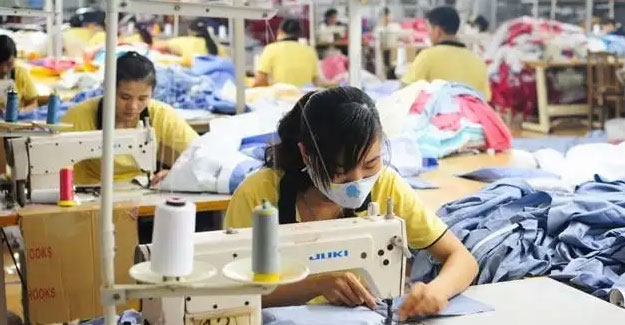
Vietnam’s Garment Exports May Face Challenges In Second Half
Vietnam’s garment exports are likely to encounter a host of challenges in terms of both market and supply chain in the second half of this year despite positive results in the first half. Vietnam’s garment exports are likely to encounter a host of challenges in terms of both market and supply chain in the second half of this year despite positive results in the first half, according to experts speaking at a seminar in Ho Chi Minh City on June 21. The seminar on sustainable cotton supplies was jointly held by the Vietnam Textile and Apparel Association (VITAS) and the Cotton USA. Vu Duc Giang, VITAS Chairman, said garment exports in the first six months were estimated at US$ 22 billion, up 23% year-on-year. He attributed the results to the utilisation of free trade agreements, including the Comprehensive and Progressive Agreement for Trans-Pacific Partnership (CPTPP) that has boosted the domestic industry over the past five years with its regulations on product origin. Vietnam has emerged from a yarn importer to exporter, shipping abroad US$ 5.6 billion worth of yarn last year, and some US$ 3 billion in the first half of this year, he continued, noting that the shift was thanks to investments in technology and digital management. The sector has also shifted towards green energy and water resources, thus better meeting international standards and winning confidence of customers. Giang, however, said escalating inflation in the US and Europe would affect orders in the third and fourth quarters of the year. Meanwhile, the ongoing Russia-Ukraine conflict, along with surging oil and gas prices and transportation costs, would push up production prices. Echoing Giang’s views, Than Duc Viet, General Director of Garment 10 Corporation, said the adverse impacts of Covid-19 can be seen in the disruption of supply chains and logistics services. Given this, domestic enterprises said they have kept a close watch on the market to adjust their production plans, diversified material supplies, and sought new clients to maintain production.
Textile Excellence
If you wish to Subscribe to Textile Excellence Print Edition, kindly fill in the below form and we shall get back to you with details.








